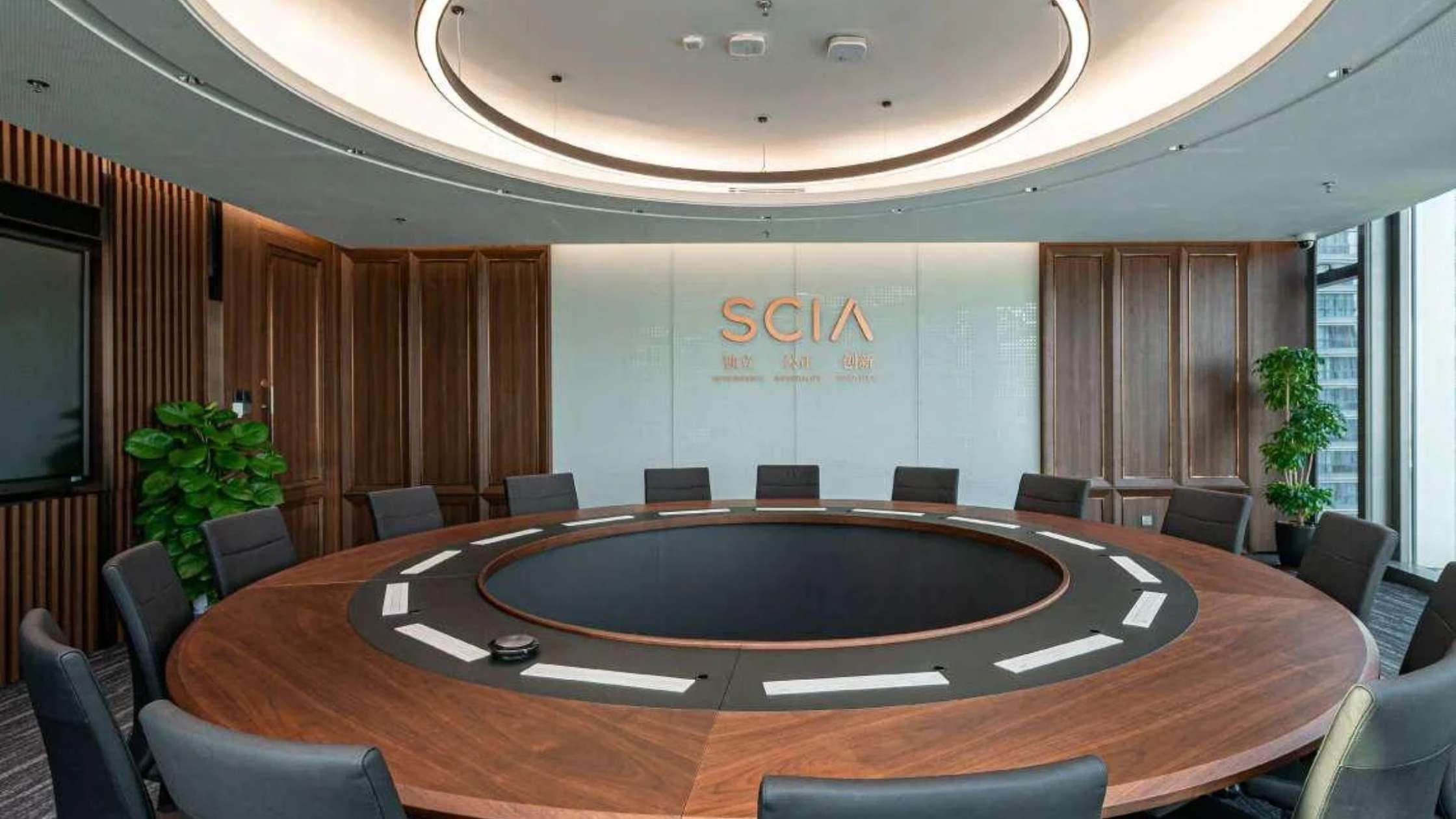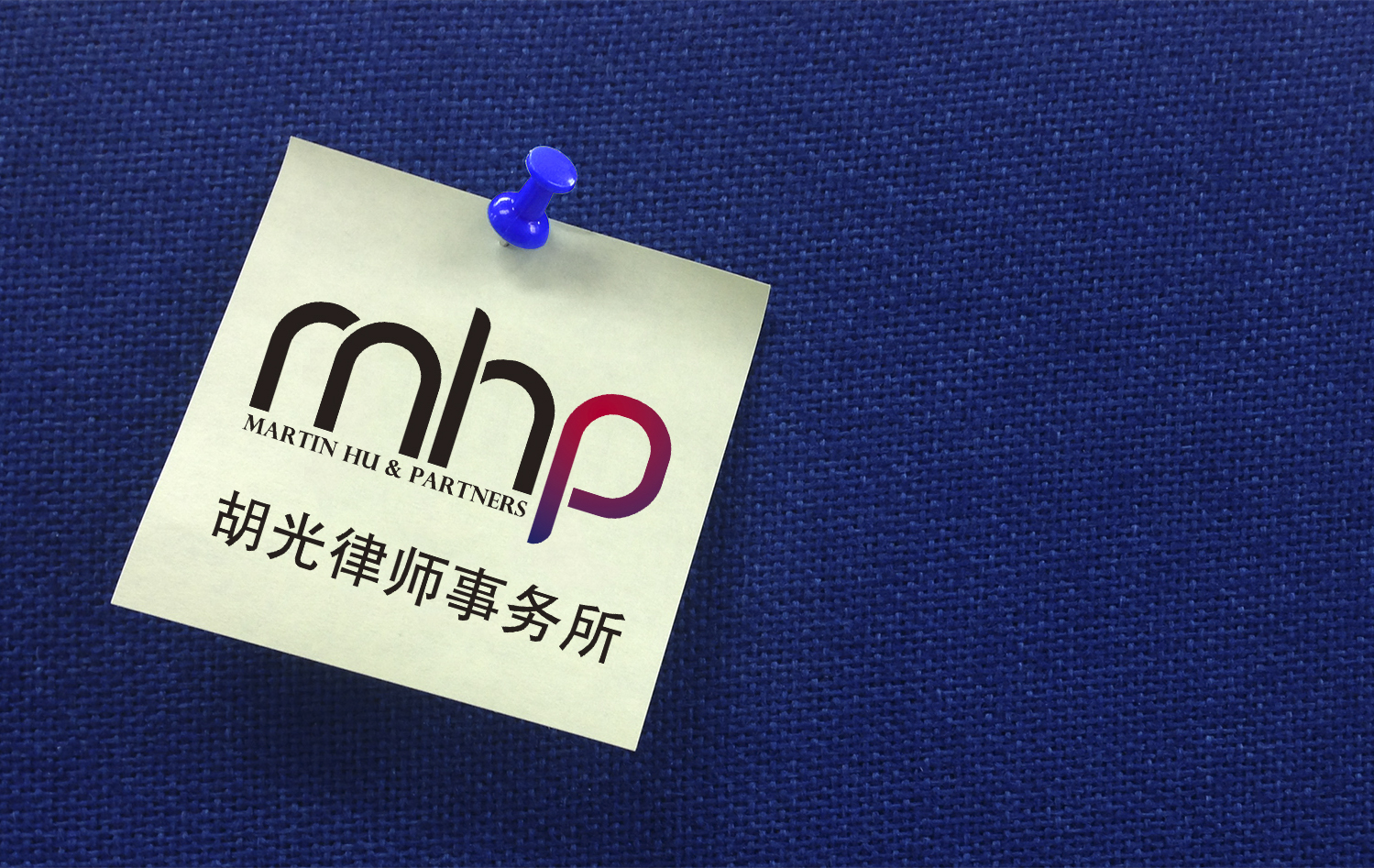
Located on the landmark skyscraper in Qianhai, the SCIA Tower, the new headquarters of the Shenzhen Court of International Arbitration (SCIA) provides an impressive sea view, overlooking the 5.5-kilometer-long highway bridge linking the booming city in South China with Hong Kong.
As China’s first arbitration institution established in South China, including Hong Kong and Macao, in 1983, the SCIA now possesses influence that extends far beyond the region.
According to the SCIA, the total amount in dispute of arbitration cases it accepted in 2022 hit RMB 127.2 billion ($17.47 billion)— compared with RMB 16.5 billion in 2017 and RMB 3.9 billion in 2012 — the highest in Asia and top three in the world among its peers.
Roughly one-third of the total amount, or RMB 42 billion, belonged to international arbitration cases. So far, the arbitration and mediation services of SCIA have been extended to 140 countries and regions.
Describing it as a “pleasantly surprising ‘report card’”, An Xin, vice president of SCIA, told reporters in Shenzhen recently that the SCIA is gaining more trust from the market as an increasing number of Chinese and foreign companies have chosen the SCIA for arbitration over the years, and amounts involved were markedly augmented as well.
In one of the cases several years ago, an investment dispute arose between Chinese and US companies, involving an amount of over RMB 13 billion, An recalled.
The case, which was later famed for being the largest dispute amount in the history of Chinese arbitration, impressed the vice president a great deal.
Due to the absence of an arbitration clause in the initial contract, the dispute reached a deadlock at the very beginning. Through negotiation, the three parties involved in the case agreed to choose SCIA to settle the dispute.
As a result, the dispute was resolved in just 13 days, saving time and effort compared with going to court, An said.
In 2022, the largest amount in dispute in a single case accepted by the SCIA rose to RMB 24 billion, which remains the largest arbitration case ever in China, according to the SCIA.
There were 147 cases with dispute amounts each exceeding RMB 100 million, and 21 cases with dispute amounts exceeding RMB 1 billion individually, both ranking first in the country, the SCIA figures indicated.
“Due to the voluntary nature of arbitration based on the agreement of the parties involved, the selection of an arbitration institution depends on the long-term trust of the market and the accumulated credibility of the institution,” An said.
The innovations of SCIA bring more guarantees for the construction of the business environment in Shenzhen
The growing influence of SCIA, on the other hand, could better facilitate the quality development of Shenzhen, the young city neighboring Hong Kong, which was once a vanguard of China’s reform and opening-up.
On the global stage Shenzhen has achieved an economic miracle, developing from a small fishing town 43 years ago into a city with the third largest gross domestic product within the Chinese mainland.
Now Shenzhen is fulfilling a new role designated by China’s State Council to build itself into a demonstration city, allowing it to set models for other mainland cities in terms of globalization, openness and innovation.
“SCIA is making a bigger contribution to the enhancement of Shenzhen’s legal and international performance, bolster its international credibility, optimize the business environment and develop high-level openness”, An noted.
Globalised governance
Since hiring foreign arbitrators in 1984, the first trial of a Chinese arbitration institution, the SCIA has continuously attracted outstanding professionals from overseas to participate in international arbitration in China.
In the new panel of arbitrators for the SCIA, there are 1,547 arbitrators from 114 countries and regions worldwide, with arbitrators from overseas accounting for about 36 percent of the total, a level leading the country in its sector.
In one of the foreign-related cases accepted by the SCIA, one party involved was a company from Dongguan, a city neighboring Shenzhen in Guangdong province, while the other was a Canadian firm.
According to SCIA, each party chose an arbitrator, one from Dongguan and the other from Canada. To ensure fairness in the proceedings, the SCIA appointed a professional from Hong Kong, the third jurisdiction in the case, as the presiding arbitrator.
As a result, the case was heard by three arbitrators from three different jurisdictions, using English as the arbitration language, and a final award was made.
Such arrangements are common in international arbitration cases in SCIA, said An.
Besides the globalised panel of arbitrators, the Statutory Body Governance Mechanism of SCIA, which separates the decision-making power and execution power within the institution, works to improve its international credibility.
The mechanism was first established in 2012 by administrative regulations and was further stipulated in the Ordinance on the Shenzhen Court of International Arbitration, which was passed by the city’s legislation body in 2020.

It was the first of its kind worldwide to establish specific legislation for a particular arbitration institution, a move that aims to stabilise the expectations of domestic and foreign parties regarding the independence and impartiality of the city’s international arbitration.
Specifically, it is the SCIA Council that exercises the decision-making and supervision power.
The council members, appointed by the Shenzhen Municipal Government, include well-known figures from the legal, business, and other relevant fields worldwide.
According to the Ordinance, at least one third of the council members should be from overseas, an approach that helps to prevent local protectionism, administrative interference, and internal control.
Currently, seven out of the 13 council members of SCIA are from Hong Kong, Macao and overseas jurisdictions.
The governance mechanism of SCIA instills confidence in its fairness and professionalism, said Zhou Long, a partner with Greenfield Lawyers, a firm that integrates business areas such as corporate securities, intellectual property, litigation arbitration and foreign investment based in Shenzhen.

“Market entities all hope to resolve disputes through independent, fair, and efficient means,” said Zhou. “The innovations of SCIA bring more guarantees for the construction of the business environment in Shenzhen.”
Innovative efforts
According to SCIA, it has adopted a large number of innovative measures over the past four decades to enhance the market-oriented, rule-of-law business environment, and international credibility.
Throughout the years, SCIA has adhered to the “party-centered” principle, and has introduced and gradually improved innovative rules to help parties appoint arbitrator, such as the “Arbitrator Nomination Method” and “Exclusion Method.” These rules aim to give parties the utmost rights to select the presiding or sole arbitrators, thereby eliminating concerns about the impartiality of the arbitral tribunal.
The move could also allow the parties to experience the openness of the business environment in Shenzhen and the full respect for market entities, An explained.
In order to better serve Chinese enterprises’ “going global” strategy, in 2019, SCIA established the South China International Arbitration Center (HK) in Hong Kong, forming a new development pattern of “Shenzhen + Hong Kong” and “dual-city, dual-institution”. This has promoted the integration of rules and mechanisms in the GuangdongHong Kong-Macao Greater Bay Area.
In 2022, the SCIA established a center in Jiangmen, a city in western Guangdong, and was entrusted to manage the Jiangmen Arbitration Commission. This helps the institution serve the western part of Guangdong with its experience and further promotes the integrated development of the Greater Bay Area.
To support the high-quality development of the economy of Shenzhen, as well as that of the Greater Bay Area as a whole, SCIA has accelerated the construction of “three centers” for key and emerging industries such as finance, venture capital, technology, port and logistics.
The three centers include the China (Shenzhen) Securities Arbitration Center, the China (Shenzhen) Intellectual Property Arbitration Center and the SCIA Maritime Arbitration Center.
According to SCIA’s blueprint, the first center is designed to facilitate the comprehensive reform tasks that Shenzhen is undertaking as a pilot demonstration city. It will also implement pilot tasks of arbitration in the national securities and futures industry.
The establishment of the China (Shenzhen) Securities Arbitration Center is expected to promote the construction of Shenzhen into a global financial innovation center.
The second center aims to propel and safeguard the development of high-tech industries and advanced manufacturing industries in the city while the third center is predominantly built for the construction of a global maritime center city.
Regional cooperation
The Guangdong-Hong Kong-Macao Greater Bay Area consists of the two special administrative regions of China and nine cities in Guangdong, including Guangzhou and Shenzhen.
It has been a national strategy to develop the most open and vibrant region in South China, with a combined population of approximately 86.3 million, into a dynamic world-class city cluster, and an internationally renowned science and technology innovation center with global influence.
Headquartered in the GBA, the SCIA established the South China International Arbitration Center (HK) (SCIAHK) in 2019, the first independent arbitration institution established by an arbitration court of the Chinese mainland outside its jurisdiction.
According to SCIA, the SCIAHK invited Prof. Peter Malanczuk, a renowned German professor to draft its arbitration rules, with reference to the widely recognized Arbitration Rules of the United Nations Commission on International Trade Law and drawing on the arbitration experience of both Shenzhen and Hong Kong.
The rules, based on the fundamental structure of international arbitration procedures, were officially issued on May 1, 2022.
Given that the framework of the rules aligns with internationally accepted practices, the rules provide convenience for foreign individuals to understand and use, said the SCIA.
Compared to the provisions regarding arbitration time and costs in other international arbitration institutions, these rules greatly enhance efficiency. They make it convenient for the parties to anticipate the deadline for the arbitration award and provide various cost optimization options.
This provides more convenience for Chinese enterprises in resolving disputes during their “going global” process, making full use of and leveraging the unique characteristics of the Hong Kong legal system, according to SCIA.
Carmen Kan Wai-mun, a member of the Legislative Council of Hong Kong and chief legal adviser to Bank of China (Hong Kong), said SCIA has played an important role in the coordinated governance of the Greater Bay area.
“The SCIA fully demonstrates the collaboration, governance, construction, and sharing between the mainland and Hong Kong and Macao,” said Kan.
“The relevant mechanisms can fully leverage the expertise of Hong Kong professionals, pool their collective wisdom, and incorporate the advantages of the common law system, thereby ensuring the ‘independence’ of the arbitration institution from a governance perspective,” she commented.
With such measures in place, foreign companies will have more confidence in choosing Chinese arbitration and obtaining fair outcomes, she noted.
Meanwhile, in an effort to facilitate the reform of Shenzhen, the SCIA is also function as the GBA International Arbitration Center.
Under the arrangement, professionals from Hong Kong and Macao can participate in Shenzhen’s international arbitration such as council members, arbitrators, mediators, agents and expert witnesses, to resolve crossborder disputes.
Acting as a bridge and link between the two cities, this will deepen cooperation with Hong Kong and Macao, and jointly improve the business environment in the Greater Bay Area, according to SCIA.
“In the future, we will continue to make great efforts to promote SCIA’s internationalization and the cooperation between Hong Kong and Macao, introduce international organisations and well-known overseas arbitration institutions through collaboration on the basis of the arbitration institutions in the Greater Bay Area, accelerate the construction of Shenzhen as a pilot city of an international commercial arbitration center, and make every effort to build Shenzhen as a model for international arbitration,” said An.


















